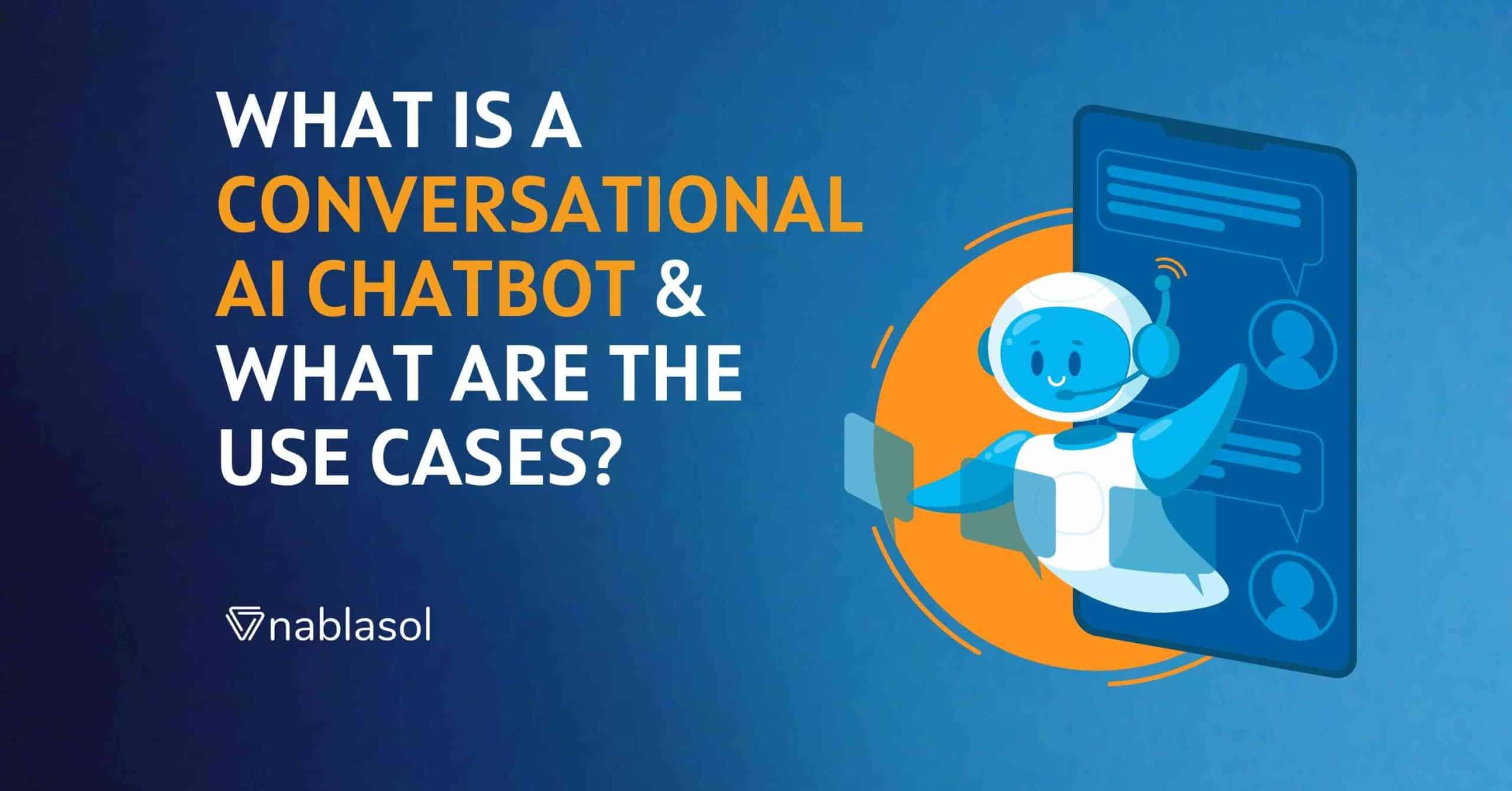Success and long-term development in today’s competitive corporate landscape depend on developing close bonds with consumers. Engaging consumers, developing loyalty, and generating long-term income all depend on good customer relationship management (CRM) techniques. This page investigates the best CRM techniques to help you improve customer happiness, simplify processes, and maximize return on investment.
Understanding CRM and Its Value
Let us define CRM before we start discussing tactics. Customer relationship management handles interactions and relationships with both present and future consumers. Using outstanding experiences, CRM aims primarily to strengthen company ties, raise retention, and boost customer loyalty. Companies use CRM tools to monitor client information, examine behavior, and improve marketing plans. Still, true success comes from the techniques that inspire its application rather than the technology.
1. Tailor Customer Experiences
Customizing client experiences is among the most successful CRM techniques available. Companies that customize their messaging and offers stand out in a time when consumers want tailored interactions. Personalizing means gathering pertinent information—such as preferences, browsing habits, and purchase history—and then applying it to produce focused marketing messages.
CRM data, for instance, allows you to send tailored emails, run special offers, or suggest items based on past sales. Customized marketing has been demonstrated to raise client satisfaction, engagement, and sales. Automated thanks to CRM systems lets companies provide significant connections at scale.
2. Sort Your Audience for Enhanced Targeting
The success of CRM depends on good segmentation. Although every client has different needs, segmenting your audience helps you to provide more pertinent and focused communications. Companies can customize their marketing strategies to appeal to every group by grouping clients according to demographics, purchase behavior, or degrees of involvement.
Audience segmentation helps prioritize leads and high-value clients. Using CRM solutions to find and cultivate top consumers will help companies maximize their marketing spend and increase return on investment. This focused strategy guarantees the best possible optimization of marketing initiatives, enabling your company to reach the appropriate audience with the appropriate message.
3. Simplify Procedures for Enhanced Effectiveness Automatically
Effective CRM also heavily depends on automation. Manually managing every client encounter in a busy company can be taxing and prone to mistakes. Automating repetitious operations allows CRM systems to help companies save time, lower human error, and speed up client response times.
Automated emails can be sent following a purchase, follow-up reminders can be set, and lead scoring can be automated to find possible clients. Automation also helps companies better handle leads, guaranteeing that sales personnel concentrate on high-potential clients. By using automation, companies may provide faster, more consistent service, thereby enhancing the whole customer experience.
4. Promote consumer comments
One of the main components of CRM is listening to your clients. Getting comments helps you know your clients’ demands, tastes, and worries. Surveys, reviews, or direct correspondence inspire consumers to share their experiences. These comments can help you hone your products, services, or customer support by offering insightful analysis of areas for development.
Including a feedback loop in your CRM approach shows clients that their views count. While unfavorable comments offer opportunities for development, positive comments can be used as testimonials. Using consumer feedback improves the authenticity and reliability of your brand and strengthens ties.
5. Coach and empower your employees
The effectiveness of your CRM approach depends mainly on your staff. CRM systems are only as effective as the people utilizing them. Provide your staff with thorough training so they may effectively apply the CRM system. Knowing how to use CRM tools helps team members better use customer data to offer individualized and efficient service.
Giving staff members access to consumer data also helps them to make wise decisions and correctly answer consumer questions. Confident and supported in their roles, employees help to provide a good customer experience, which eventually helps your company.
6. Use Omnichannel Communication
Today’s consumers want a flawless experience across all communication channels, whether they deal with your company by email, phone, social media, or in person. Using an omnichannel strategy lets you offer consistent service independent of the platform. CRM tools guarantee that all teams have access to the same data since they allow you to track client interactions in one location and merge several channels.
Using an omnichannel strategy, customers can move fluidly between channels and get a consistent experience. Simplifying consumer communication on their preferred platform helps raise engagement and satisfaction. This approach also helps your staff maintain a consistent brand voice and enhances client convenience.
7. Use analytics to guide decisions grounded on data
Extensive consumer behavior, preferences, and trend data are available via CRM systems. Through data analysis, companies may make well-informed, fact-based decisions to improve their CRM approaches. You can find, for example, which ads work best, which items are most in demand, and which consumer groups are most profitable.
CRM analytics allows companies to improve their marketing initiatives, project future trends, and estimate consumer wants. Data-driven decision-making lets businesses proactively satisfy customer expectations and keep ahead of competitors. The knowledge acquired from CRM analytics is quite helpful in developing plans that fit consumer wants and corporate objectives.
8. Stress client retention
While attracting new clients is crucial, in the long run, keeping current ones is usually more affordable and beneficial. A good CRM plan prioritizes customer retention by creating close bonds. This entails giving devoted consumers special benefits, frequent follow-ups, and loyalty programs.
Targeted campaigns allow CRM software to re-engage at-risk consumers and help find them. A CRM system might, for instance, automatically send a customized email with a special price or product recommendation to consumers who haven’t made a purchase in a while. Focusing on retention helps businesses raise customer lifetime value and improve profitability.
9. Track important CRM indicators
Tracking pertinent data can let you evaluate how well your CRM plan works. Typical CRM benchmarks are conversion rate, customer satisfaction score, and customer retention rate. By tracking these KPIs, companies can assess how well their CRM initiatives work and change as necessary.
For instance, a poor customer satisfaction score would point to problems with consumer service or product quality. Monitoring CRM data helps you maximize your strategy over time by revealing areas of success and development. Frequent review of these indicators guarantees that your CRM strategy stays efficient and aligned with corporate goals.
10. Improve Your CRM Strategy Continually
The most effective CRM systems are dynamic, always changing to fit new client wants and market conditions. Frequent assessment and improvement of your CRM strategy help you remain competitive and relevant. Keeping an eye on consumer tastes and industry trends will help you predict developments and modify your plan.
Feedback, metric analysis, and flexibility in approach will help your company satisfy changing consumer expectations. Recall that CRM is an always-changing process. Constant improvement improves your capacity to build solid, long-lasting client relationships and helps you remain sensitive.
Conclusion
Beyond technology, a good CRM plan calls for a customer-centric approach, a data-driven attitude, and a dedication to providing value at every touchpoint. Personalizing experiences, automating tasks, supporting comments, and continually improving your approach will result in solid, long-lasting client relationships. Using these effective CRM techniques can increase client loyalty and propel long-term corporate development.
One of the best ways to differentiate your brand, satisfy consumer expectations, and get consistent success is to spend time and effort in a well-considered CRM strategy. Evaluating your present CRM systems, spotting possibilities for development, and applying the ideas covered here will help you start now to raise the quality of your customer connections.



